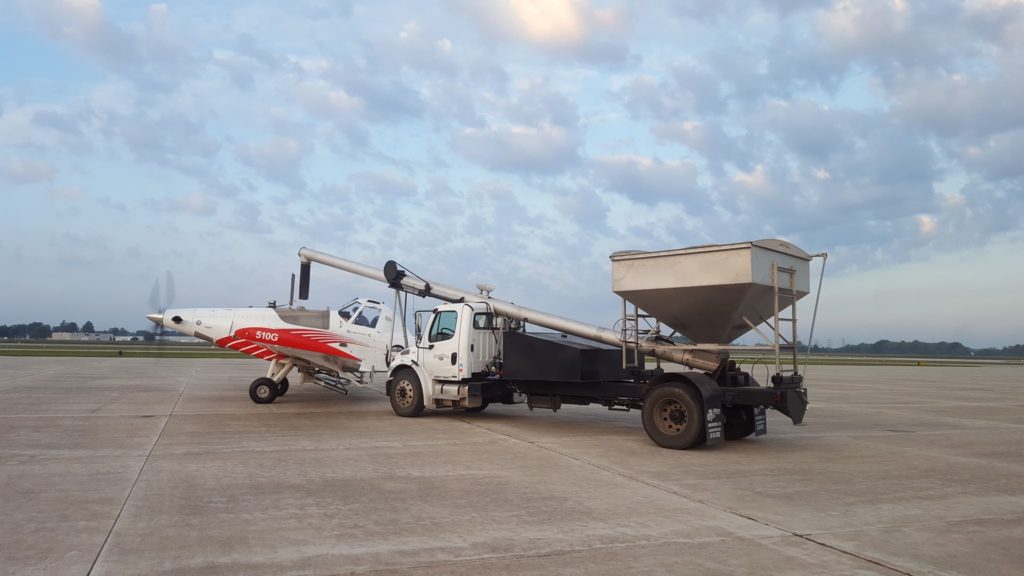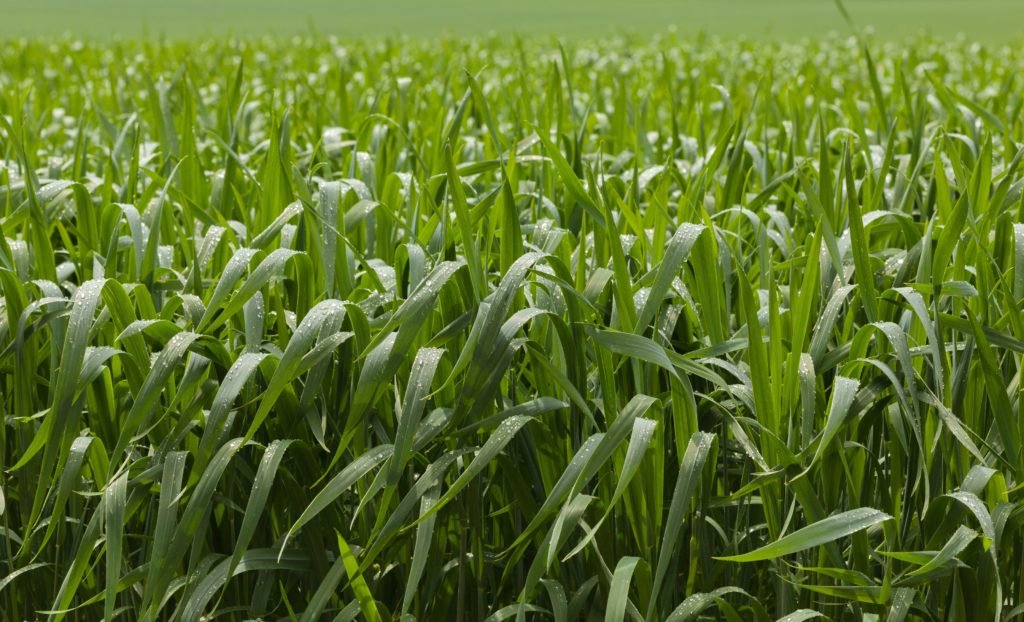Fall Cover Crop Guide
Cereal rye is a good go-to late-season cover crop. Here’s what you need to know about getting it established

If you’re a corn or soybean producer in the Midwest, chances are you’re feeling the hangover from last spring’s planting conditions that have led to a significant lag in crop maturity. With rumblings about an early frost and cold snap for this area of the country and into parts of the Great Plains, there’s been increasing concern from producers worried about getting a cover crop this fall.
Don’t panic. There’s still time.
First things first, pay little regard to the date on the calendar and instead listen to the weatherman. It doesn’t matter if you’re a livestock or crop producer, or what the season has been like, this is generally a good practice to follow. However, in this case, you want to establish your cover crop while moisture is present in the top 1 inch of soil, or no more than 10 days before predicted precipitation.
At this stage in the game, cereal rye is a good option for producers wanting to establish a nutrient-scavenging spring biomass that sequesters nitrogen and suppresses weeds. With the ability to germinate in temperatures as low as 34 degrees Fahrenheit, it is hardy, fast establishing, and can grow in most soil types.
If post-harvest conditions allow, the most cost-efficient way to establish cereal rye is to drill it at a rate of 1 bushel per acre. However, for those in areas that are going to have standing cash crops for a while longer, non-traditional seeding methods can be utilized to give cereal rye a head start before harvest is finished.
One of the best ways to establish a standing cash crop will be with a high-clearance air seeder. Seeding rates need to be dialed up by 50%. Keep in mind, that this method can cause damage to the existing crop and requires dry field conditions.
For more flexibility, aerial seeding with a plane or helicopter is an option. This is going to require a significant bump in seeding rates to at least 100 lbs per acre to get a decent establishment, which is at risk of being spotty. Pilots need to drop seed from 50 to 60 feet above the canopy, which can cause issues with drift into neighboring fields if conditions aren’t right. While there is no research showing which has more even establishment, there is speculation that the pressure from helicopter blades does a better job at pushing seed through the canopy.
Take note of seed selection
Regardless of the type of establishment method that is most suitable for your situation, it is essential that seed be selected for quality to avoid unintentionally introducing a problem to your farm. The Indiana State Seed Lab has reported an increase in locally grown cereal rye samples this year, with germination rates averaging in the low 60% range and the majority being contaminated with weeds.
Variety selection is equally as important if you want to ensure your cereal rye cover crop has been bred for particular trait performance. For example, cereal rye is known to suppress weeds. In a study analyzing the allelochemical concentration of cereal rye, researchers found a 1000% difference in levels between the top and bottom-performing varieties (see chart).
If this season is getting away from you or you don’t have a plan to give fields a winter cover, there is still time to get a cover crop in the ground. This is essential to scavenge any available nutrients in the soil and to lock it into place until spring for the subsequent cash crop.
If you have any questions about which cover crop options will work best for your geography and unique challenges, give Grassland Oregon a call at 503-566 9900.


To download high-resolution images from this article, click HERE.
Editor’s note:
Cover Crop Corner is a new educational column from forage application company Grassland Oregon and is free for print or digital distribution by media outlets. To be added to the distribution list, please email. info@goseed.com
Click HERE for a printable PDF version of this article.
